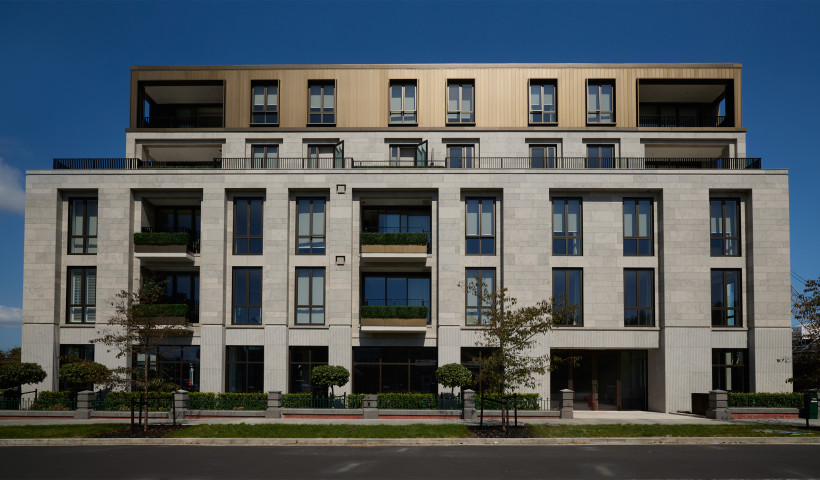
In response to the government’s proposal to review the H1 requirements for new homes, Technoform has conducted a study assessing the costs and energy performance of five design strategies aimed at improving energy efficiency while considering affordability. They have released the results in an H1 Energy Efficiency Analysis Report.
The research focused on a single-level, 195-square-metre, four-bedroom house in Climate Zone 1 (covering Auckland, Northland, and Tauranga). Each of the five design strategies was compared to the default H1 Schedule Method and the pre-2023 H1 standard.
Under the Schedule Method, the combined installed cost of key insulated elements (floor, wall, ceiling insulation, and windows) is $112,591 — approximately $10,000 more than the pre-2023 cost of $102,752.
The most promising approach, Design Strategy 5, showed a marginal 2.76% cost increase ($2,846), while delivering a 25% reduction in heat loss according to the calculation method, or a 33% reduction in heating and cooling needs using the modelling method compared to the old H1 requirements. A key driver of this improvement was the use of higher-performing windows, which exceeded Building Code standards. By optimising window performance, Technoform offset insulation costs in the ceiling and slab, balancing cost, energy efficiency, and comfort.
The findings highlight that improved window performance reduces overheating risks, countering concerns about the new standards. Technoform’s report supports retaining the 2023 H1 standards, emphasising long-term savings and better comfort for homeowners.
Click below to read the full report and learn more about these strategies for meeting H1 while keeping costs down.
Download the Technoform H1 Report
For any enquiries about the report, please contact the Technoform team:
- Antony Hopper: [email protected]
- Dyann Stewart: [email protected]












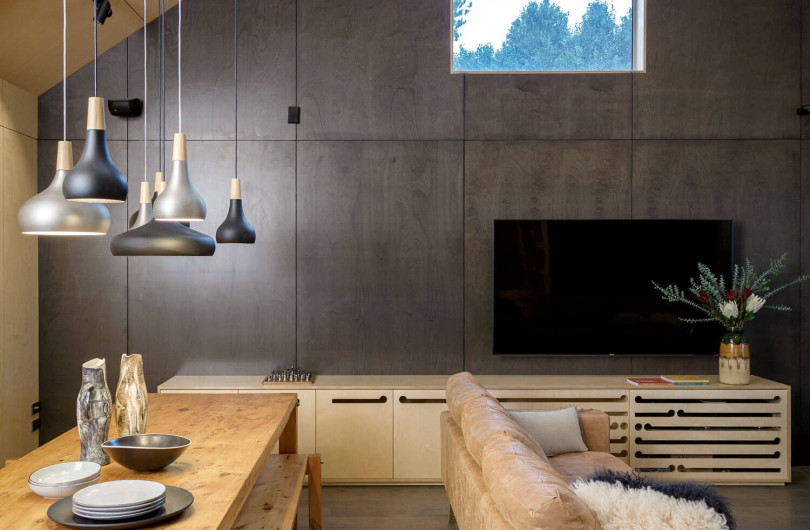
 Case Studies
Case Studies
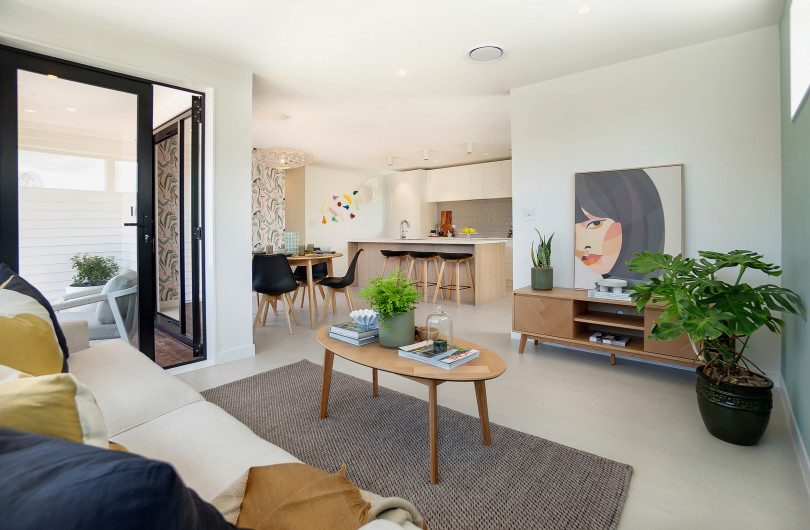


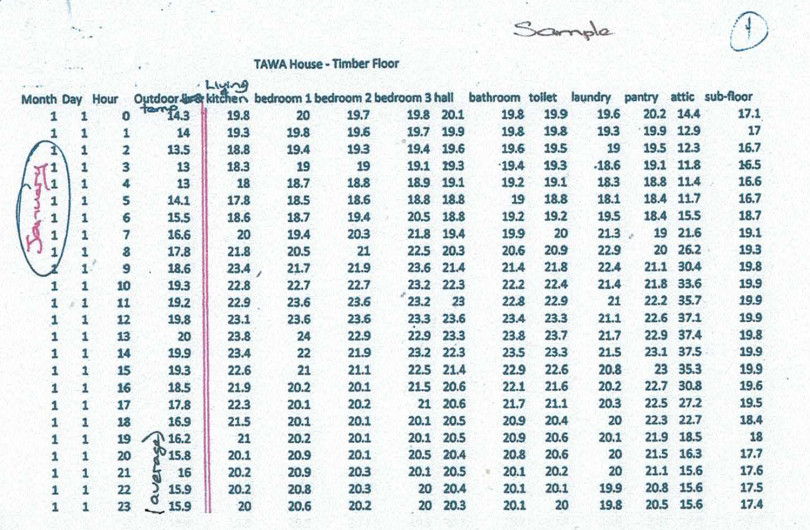




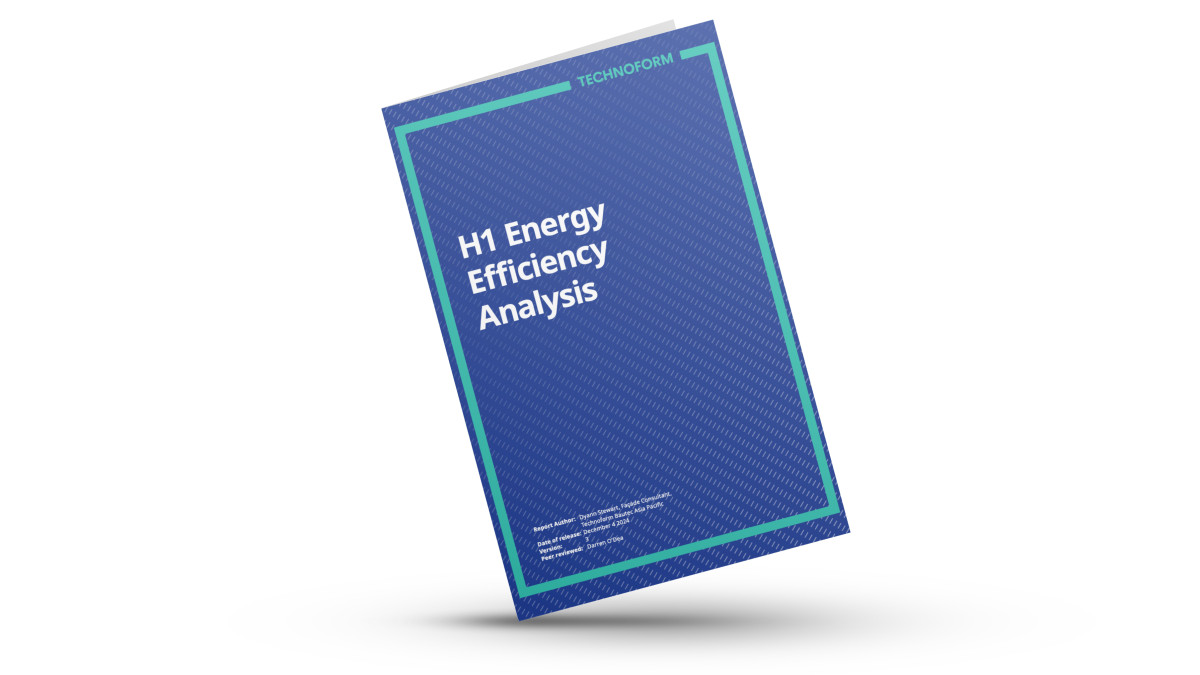
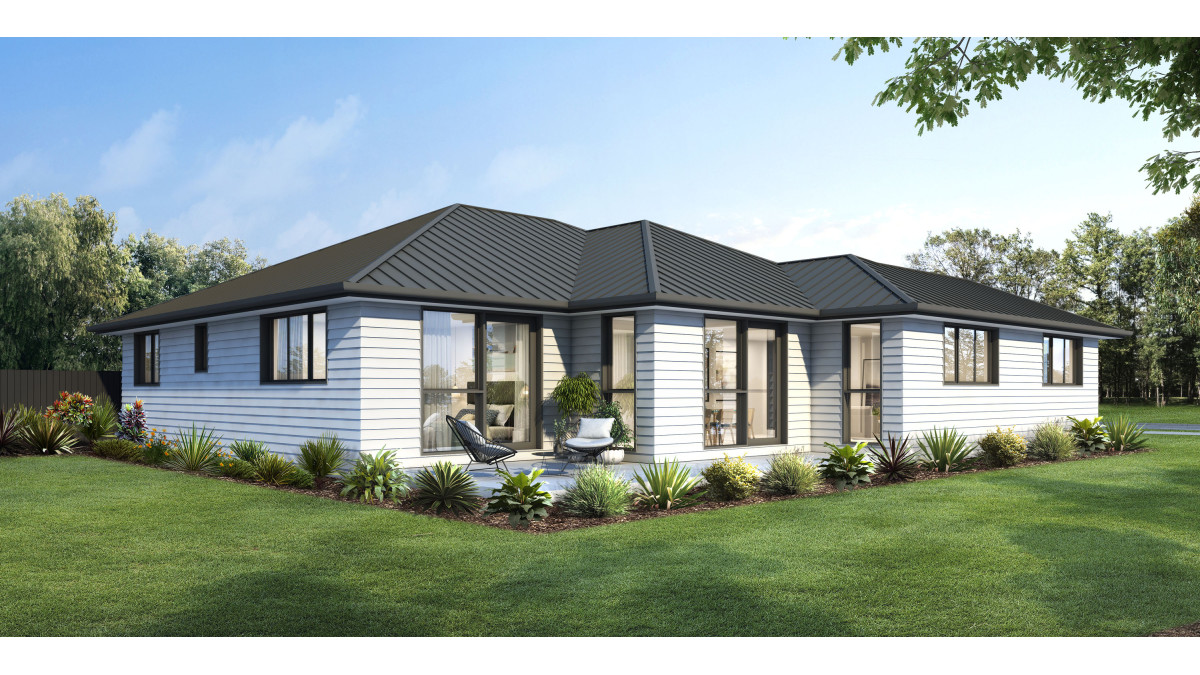

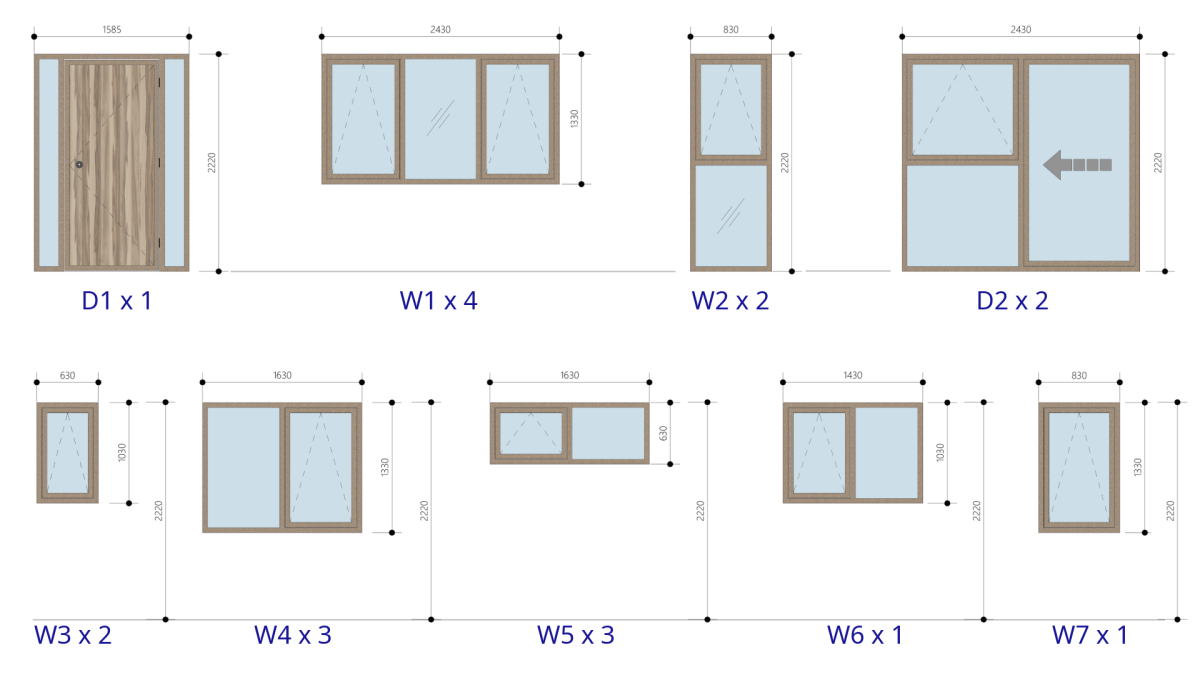
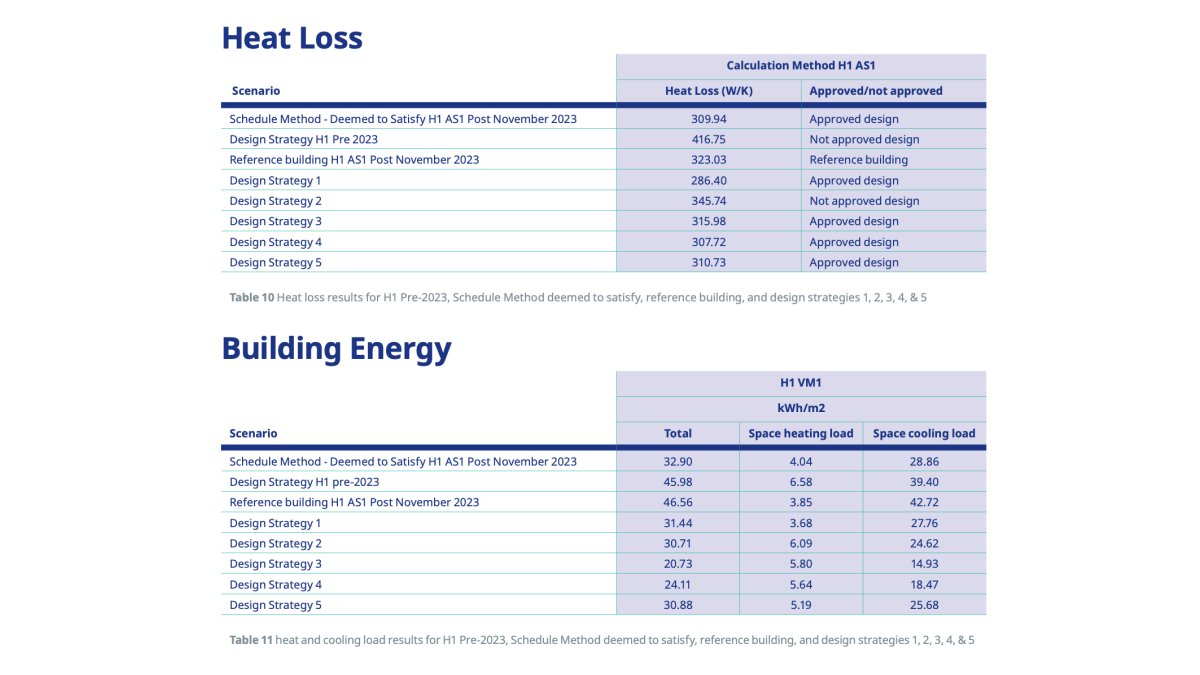



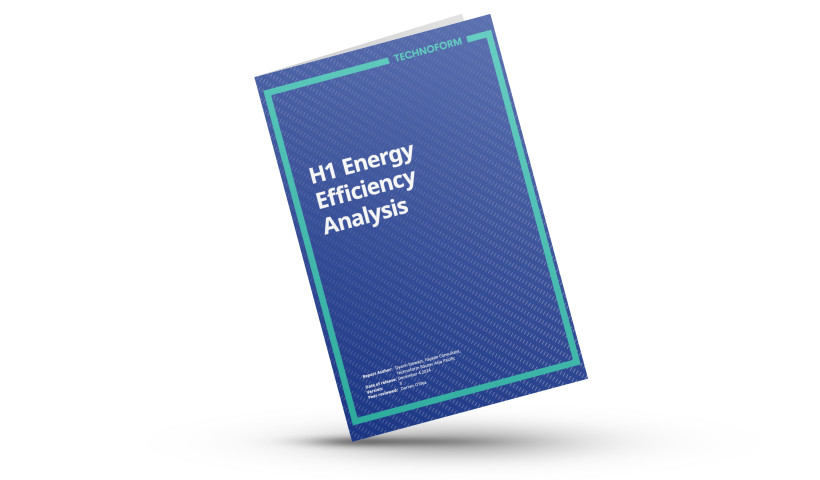

 Popular Products from Technoform
Popular Products from Technoform


 Most Popular
Most Popular


 Popular Blog Posts
Popular Blog Posts